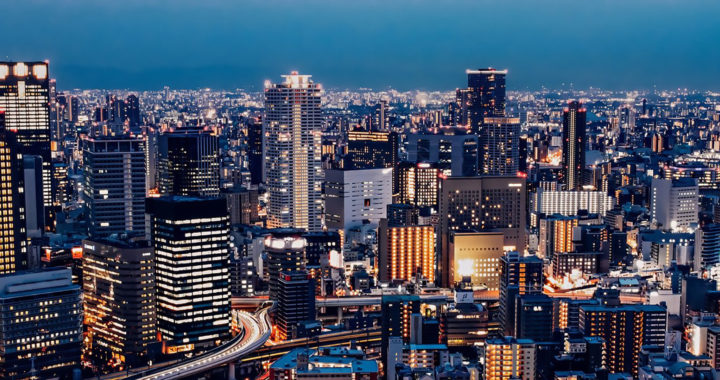Michael E. Porter identified the intensity of competitive rivalry or the competition in a particular industry or market as one of the Five Forces that shape the competitive environment. Take note that the other four forces he identified are the threat of new entrants, the threat of substitutes, the bargaining power of buyers, and bargaining powers of suppliers.
He defined this force as the extent to which businesses or firms in a particular industry or market put pressure on one another to limit the profit or earning potential of each other. The intensity of competition or competitive rivalry intensity depends on a number of factors. Each can provide useful insights about the status of the overall competitive environment.
Understanding and Defining Rivalry Intensity: The Factors Influencing the Intensity of Competitive Rivalry in an Industry or Market
1. Firm Concentration and Market Size
One of the main factors influencing the intensity of competitive rivalry is the size of the industry or the entire market. This size is determined by the quantity and quality of firms operating within the same industry or the total revenues generated from the same market.
Large industries or markets have intense rivalries. This is particularly true if there is a high number of businesses of equal size catering to the same market. Some notable examples include the consumer electronics industry and the smartphone market.
Note that there will be less rivalry when there a clear leader exists or if there are only a handful of businesses leading an industry or market relative to the total number of players. It is essential to assess not only the quantity of the firms but also their quality.
2. The Rate at Which the Market Grows
Similar to industry and market size, the rate of market growth can also determine the intensity of rivalries among competitors. The rivalry is less intense if the rate of market growth is high because it remains attractive to existing players and new entrants.
A slow market growth rate is typically characterized by intense rivalry because it is indicative of market saturation. Existing firms would be focusing not only on tapping a new but limited customer base but also on retaining their respective market shares.
2. Level of Market Entry and Exit Barriers
Another factor that influences the intensity of competitive rivalry is the ease of entering or exiting the market. A low barrier to entry can promote market growth and decrease the intensity of competition but would eventually result in market saturation.
Remember that saturated markets tend to have intense rivalries. On the other hand, a high entry barrier is indicative of intense industry competition because of the presence of established and dominant firms that compete for a sizeable market.
Low exit barriers decrease the intensity of rivalry. High exit barriers increase the competition. Businesses are compelled to commit more to maximize the profit potential of a particular market if it is more difficult to leave than to stay and compete.
3. Differentiation Potential of Products
The harder it is for businesses to differentiate themselves and their goods or services, the more they have to market and sell, thereby resulting in a more intense competition within that particular market. Commodity products are prime examples.
Note that highly differentiated products are hard to imitate. Specific categories or classes of products that are easy to differentiate or hard to copy are prevalent in markets with less intense rivalries because they either appeal to niches or increase entry barriers.
4. Level of Marketing Activities and Expenses
Marketing activities and expenditures also collectively represent another factor influencing the intensity of competitive rivalry in a particular industry. Note that marketing involves all strategies and activities needed to promote the sales of products.
Industries with several firms that exert efforts and resources on marketing are characterized by high levels of competition. A prime example is the food and beverage industry dominated by multinational companies that spend a bulk of their revenues on advertising.
High levels of marketing activities and expenditures are essentially indicative of intense rivalry because they tell business owners and analysts that there are firms that spend resources to target and secure a portion of the market or retain and expand their market shares.
5. Significance of Loyalty to a Firm or Brand
The intensity of rivalry is high if loyalty to a company or firm is insignificant. This also means that the intensity of competition or rivalry is low if there is a significant and prominent level of firm or brand loyalty in a particular industry or market.
A significant number of consumers relative to market size loyal to a single firm or brand translates to industry and market leadership. There is less rivalry because a single firm remains dominant. Note that this situation is rare nowadays.






